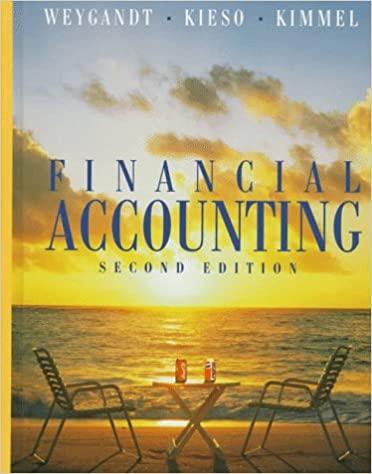7. A company has already incurred a $$5,000 cost in partially producing its three products. Their selling additional any products be processed further? prices when partially and fully processed are shown in the following table with the costs necessary to finish their processing. Based on this information, should Unfinished Selling Price Finished Selling Price Processing Costs Product $72 83 94 $108 124 141 $35 42 45 a) All of these products should be processed further b) None of these products should be processed further c) Products A and B should be processed further d) Products 8 and C should be processed further e) Products A and C should be processed further Bandy Corporation owns a machine that manufactures lawn games. Production time for the croquet set is 10 units per hour and for the volley ball game is 8 units per hour. The machine's capacity is 1,500 hours per year. Both products are sold to a single customer who has agreed to buy all of the company's output up to a maximum of 4,000 croquet sets and 10,000 volleyball games. Selling prices and variable costs per unit are shown below, Based on this information, what is Bandy Corporation's most profitable sales mix? & Croquet Set Volleyball Game Selling price per unit Variable costs per unit $75 42 $62 25 a) 15,000 croquet sets 12,000 volleyball games. 4,000 croquet sets and 10,000 volleyball games. b) c) d) 4,000 croquet sets and 8,800 volleyball games e) 2,500 croquet sets and 10,000 volleyball games 9. Parker Plumbing has received a special one-time order for 1,500 faucets (units) at $5 per unit. Parker currently produces and sells 7,500 units at $0.00 each. This level represents 75% of its capacity. Production costs for these units are $4.50 per unit, which includes $3 variable cost and $1.50 fixed cost. To produce the special order, a new machine needs to be purchased at a cost of $1,000 with a zero salvage value. Management expects no other changes in costs as a result of the additional production. Should the company accept the special order? a) No, because additional production would exceed capacity b) No, because incremental costs exceed incremental revenue c) Yes, because incremental revenue exceeds incremental costs d) Yes, because incremental costs exceed incremental revenues e) No, because the incremental revenue is too low







